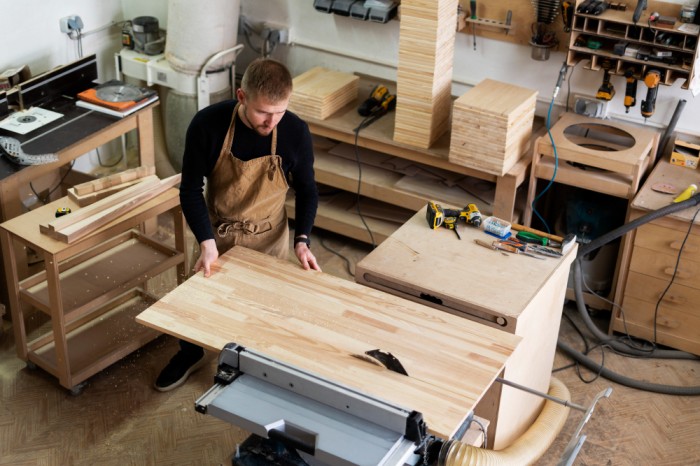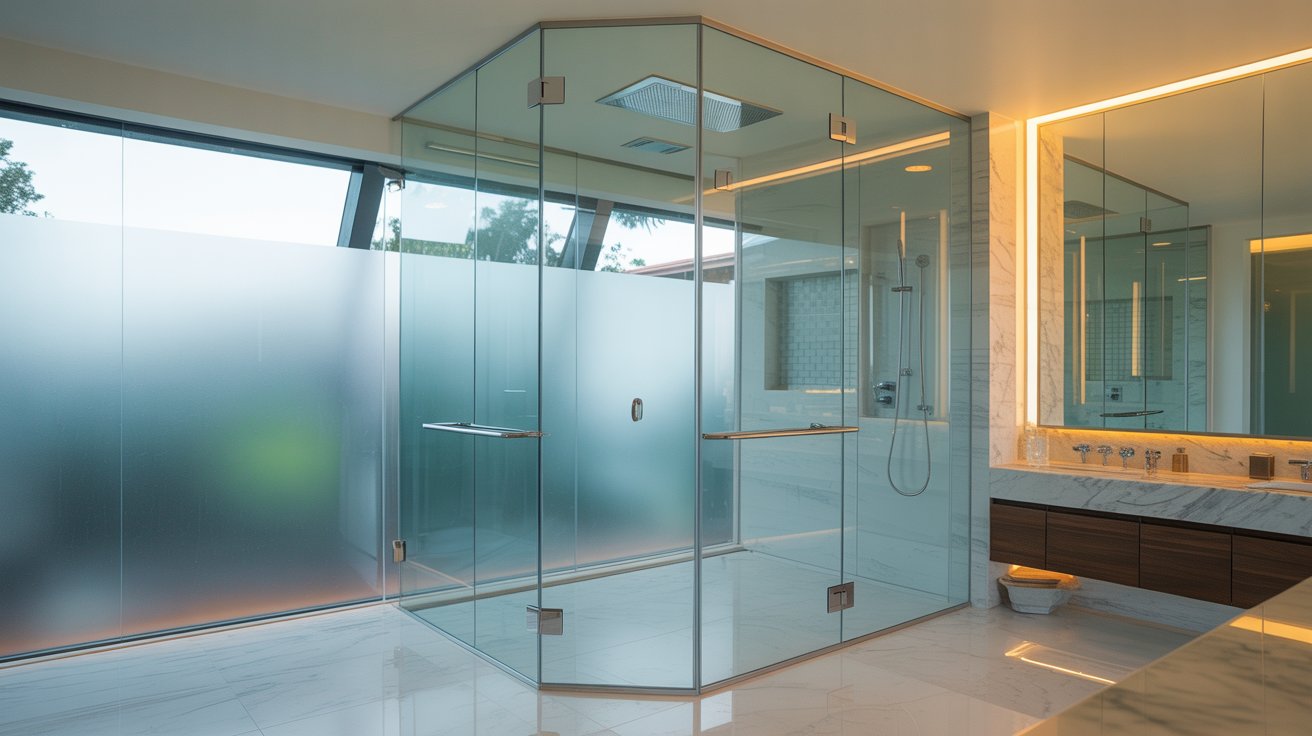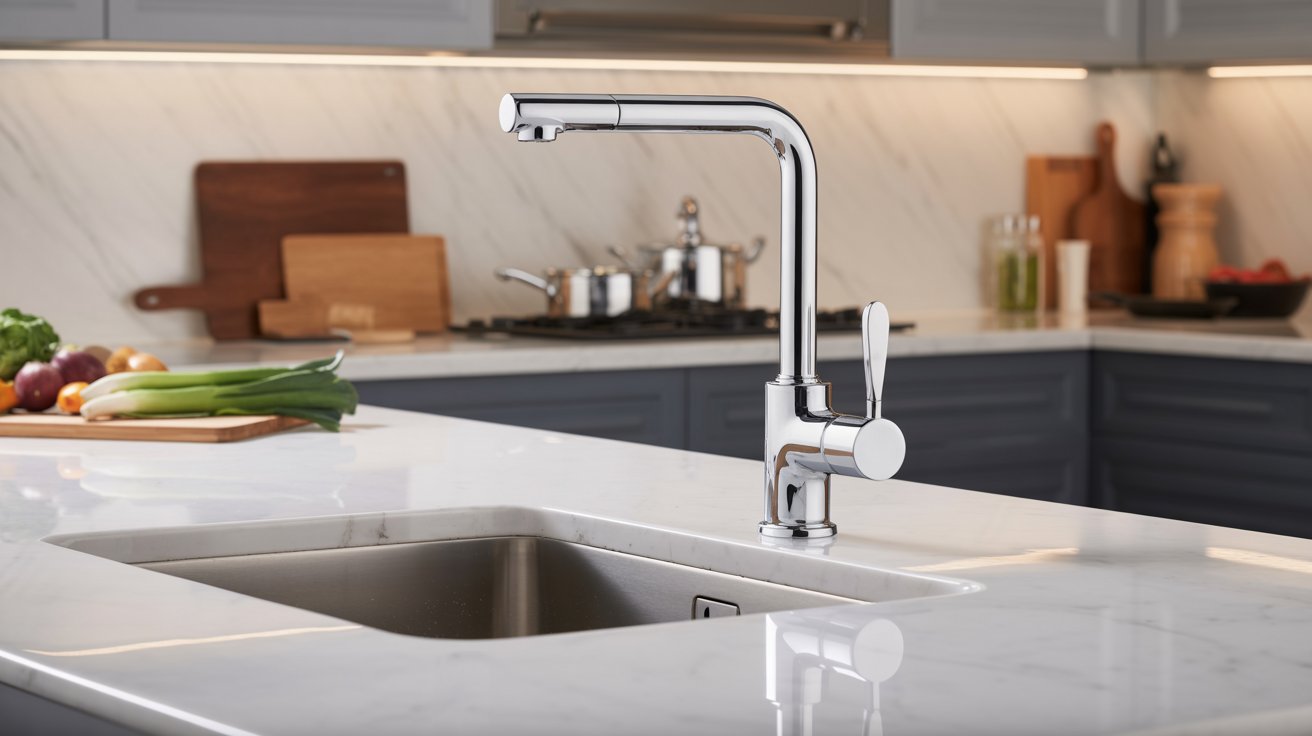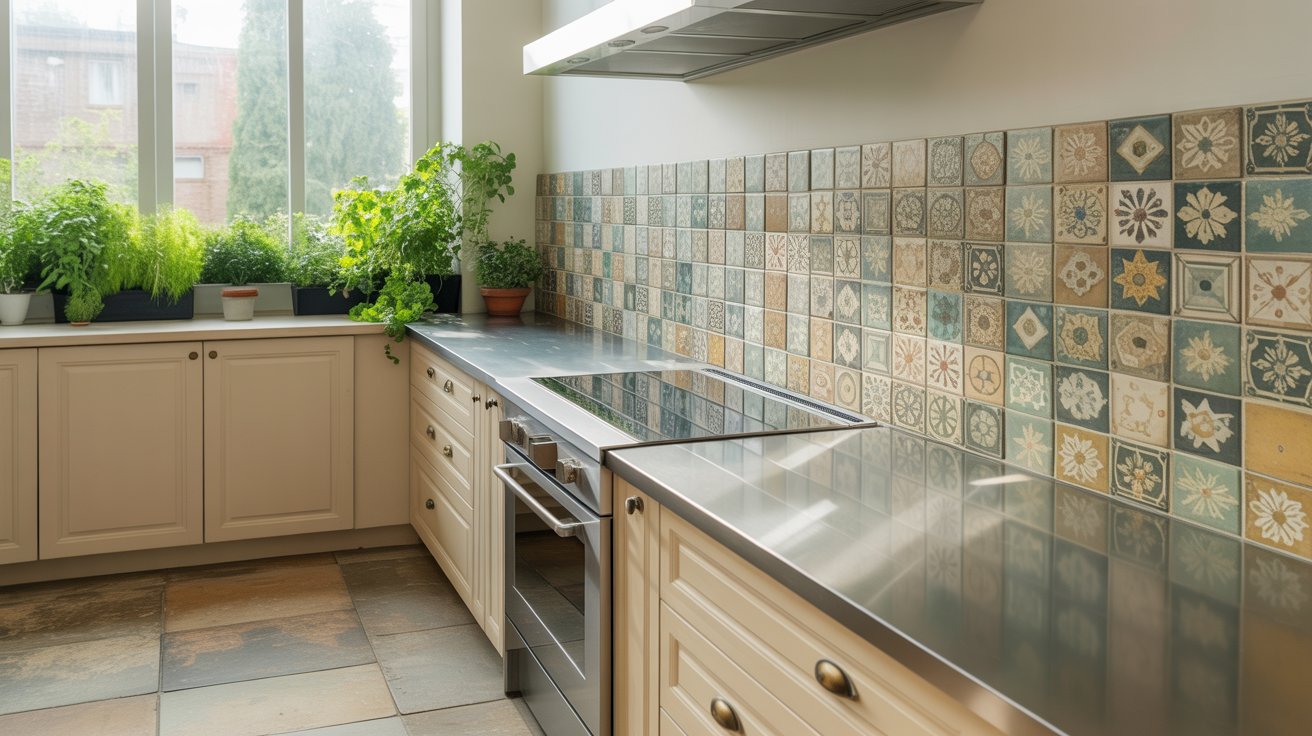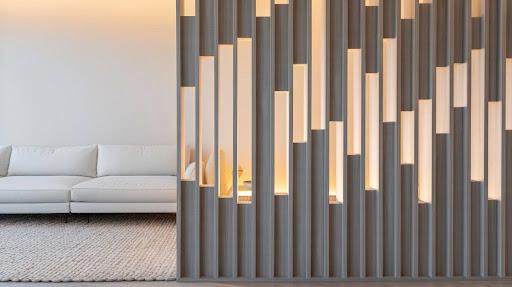Are you curious about how those amazing polished furniture are created? Well, here’s something fascinating for you! Whether you have an interest in interior design or simply want to explore the process behind creating such impressive pieces, we’ll take you on a journey through the elaborate stages of constructing these versatile and customizable products.
With the flexibility it offers for different spaces, modular furniture has quickly grown in popularity recently. There is also no limit to the use of this brilliant design approach whether you’re staging, arranging shelf-lining atop bookshelves, inside cabinets or desk drawers, or lining walls with clothing within your closet or wardrobe. Lets explore the intricate details and craftsmanship involved in the manufacturing process of modular furniture, so let’s take a journey inside the world of modularity!
But first things first: what exactly is modular furniture? Let’s find out!
What is Modular Furniture & Why Is It So Popular?
Modular furniture is a collection of furniture units made separately, capable of being arranged or changed depending on the space and use requirements of the person making utilisation of them. The added flexibility offered by modular furniture turns out to be extremely versatile and can comfortably fit in at any location.
Modular furniture production is a multi-stage procedure in which components like designing, selecting materials, slicing and forming parts, assembling these components into a product, polishing them, and performing test and quality control tests. With every action, there is no room for error in order to produce an end result that achieves the best level of excellence.
In recent years, modular furniture has gained popularity due to its numerous advantages. It offers convenience as it can be easily assembled and disassembled without requiring specialised tools or expertise. Additionally, its modularity allows for easy transportation when moving houses or offices.
Moreover, customization options are abundant with modular furniture. From choosing different colours and finishes to selecting specific modules for storage or seating arrangements – there are endless possibilities for creating unique pieces tailored specifically to individual preferences and needs.
Also dive into our blog for space-saving furniture ideas that will transform your living space. Explore the possibilities now
Materials Used in the Manufacturing Process of Modular Furniture
Flexible and adaptable — modular furniture makes it easy for you to design a personalised space just as per your requirements. However, do you ever think of the materials that go into making these working elements? Now, let’s delve into the materials most often used to make modular furniture.
One of the primary materials used in the manufacturing process of modular furniture is wood. Solid wood or engineered wood like plywood is often utilised for the framework and structural components of modular furniture. Wood offers durability and strength while adding a touch of natural beauty to the finished product.
In addition to wood, other materials used in the manufacturing process of modular furniture, such as metal, are employed for added support and stability. Metal frames or legs provide rigidity and can withstand heavy loads without compromising on aesthetics.
To enhance functionality, modular furniture may incorporate glass elements. Glass panels or tabletops not only add a sleek and modern touch but also allow light to pass through, creating an open and airy feel in your space.
Another popular material choice is laminates or veneers. These thin layers are applied to surfaces like tabletops or cabinet doors, providing protection against scratches and giving them an attractive finish resembling real wood grain or other textures.
Textiles have a big part in the seating module of furniture like sofas and chic sets. Based on their longevity, comfort, maintainability & overall look, the fabrics are chosen depending on their pattern, colour, and texture.
By combining these diverse materials together during the manufacturing process, versatile modular furniture pieces are created that cater to different tastes and design preferences while ensuring durability and functionality remain intact.
You may also like to read, Kerala Modular Kitchen Designs And Images
4 Steps Involved in Manufacturing Modular Furniture
 The process of manufacturing modular furniture involves several crucial steps that ensure the highest quality and functionality of the final product. These steps include pressing, cutting, edge banding, and multi-boring.
The process of manufacturing modular furniture involves several crucial steps that ensure the highest quality and functionality of the final product. These steps include pressing, cutting, edge banding, and multi-boring.
- Pressing
Pressing is the first step in the process, where various materials such as particleboard or MDF (medium-density fiberboard) are pressed together using high pressure and heat. This creates a solid and durable base for the furniture.
- Cutting
Next comes cutting, which involves using specialised machinery to precisely cut the pressed boards into different shapes and sizes according to design specifications. This ensures uniformity and accuracy in every piece of modular furniture produced.
- Edge Banding
Once the pieces are cut, edge banding is applied to give them a finished look. Edge banding involves attaching strips made from PVC or ABS plastic to cover any exposed edges of the boards. This not only enhances their appearance but also protects them from damage caused by moisture or impact.
- Multi Boring
Multi Boring is done to create holes for screws or fasteners that will be used during assembly. A CNC machine is often employed for this purpose as it can accurately drill multiple holes at once without compromising on precision.
These steps collectively contribute to creating modular furniture that meets both aesthetic standards and functional requirements. The attention given to each detail during manufacturing ensures durability and ease of assembly for customers who choose modular furniture for their homes or offices.
Discover more about the fascinating world of modular kitchens! Explore our comprehensive guide on the various types of modular kitchen designs.
Conclusion
Modular furniture truly epitomises innovation in design and production. Its versatility makes it suitable for various settings while providing practical solutions for optimising space utilisation. Investing in modular furniture not only allows you to customise your living or work environment according to your needs but also contributes towards sustainability by reducing waste through efficient production processes. So why settle for conventional options? Embrace the sustainable modular revolution today with Lemon Interiors ! Explore different styles and mix-and-match components effortlessly – because with modular furniture – there’s no limit to what you can create!
You may also like to read, Custom-made vs Ready-made Furniture: Which One Should You Choose For Your Home?
Transform your space with style and functionality! Explore our exquisite range of modular furniture crafted by Lemon Interiors. Elevate your living experience today! Contact us
FAQs
What Materials Are Used in Modular Furniture?
Materials used in modular furniture normally include wood (solid, engineered such as plywood), metals, glass, laminates or veneers, and material for seating components. These are picked because of their quality (long life), style, and utility.
What Are the Advantages of Modular Furniture?
Modular furniture offers advantages such as ease of assembly and disassembly, customization options, and efficient use of space. It’s also practical for transportation when moving homes or offices.
Why Choose Modular Furniture?
Modular furniture represents innovation in design and production, allowing you to customise your living or work environment according to your needs. It not only offers practical solutions but also contributes to sustainability by reducing waste through efficient production processes.



